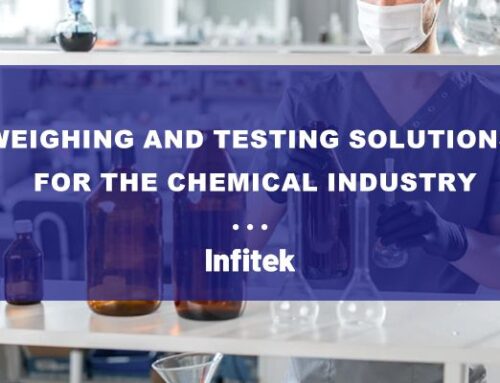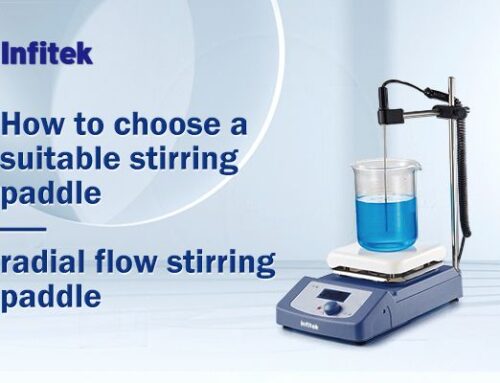Nucleic acid extraction is the first step in the NGS sample prep protocol. Nucleic acids are large biomolecules that are essential to all known forms of life. They are composed of nucleotides, which are monomers made up of three components – a sugar, a phosphate and a nitrogenous base. The two main classes of nucleic acids are DNA and RNA. RNA’s sugar is ribose, whereas DNA’s sugar is deoxyribose.
A diagram showing the structure of RNA (left) and DNA (right). Uracil is the base paired with adenine in RNA, whereas thymine is paired with adenine in DNA. Image credit: Wikipedia
Types of nucleic acid extraction
Guanidinium Thiocyanate-Phenol-Chloroform Extraction
After the cellular structure of the nucleic acid has been disrupted, DNase and RNase are used to inactivate the cellular nucleases. The desired nucleic acids can then be separated from the cell debris.
Phenol alone is a flammable, corrosive and toxic carbolic acid. But a mixture of phenol, chloroform and a small amount of isoamyl can be used to extract DNA. When phenol and chloroform are added to the sample, an emulsion forms containing a layer of DNA at the top, as a result of its hydrophilic nature. The DNA can then be collected and precipitated by centrifugation. The resulting DNA pellet can then be dissolved with sterile water.
A diagram showing phenol-chloroform extraction steps: adding the phenol-chloroform mixture to the cell lysate, centrifugation, followed by washing with water to obtain the isolated DNA. Image credit: Eva Meszaros, 2021
The guanidinium thiocyanate-phenol-chloroform technique can then be used to extract RNA in a single step. RNA is separated from DNA after extraction using an acidic solution consisting of guanidinium thiocyanate, sodium acetate, phenol and chloroform. Recovery of the RNA is done by precipitation with isopropanol – this creates an acidic condition whereby the RNA remains at the top of the mixture.
Cesium Chloride / Ethidium Bromide Gradient Centrifugation
Cesium Chloride / Ethidium Bromide gradient centrifugation has been used in research labs since 1950. The method exploits the differing densities between the caesium ions and water, along with the intercalation of ethidium bromide to interfere with DNA replication, transcription, repair and recombination.
This gradient centrifugation is a complicated, expensive and time-consuming method compared to other isolation protocols. It requires a large amount of sample and so is not suitable for all types of sequencing. Also, ethidium bromide is harmful. Therefore, this method is not used in the clinical lab due to its limitations.
Solid-Phase Extraction
Solid-phase nucleic purification can be found in most of the commercial extraction kits available on the market today. It is normally performed using a spin column that is operated under centrifugal force, allowing the DNA to be purified rapidly and efficiently. The column must first be conditioned for sample absorption, which can be done using a buffer at a certain pH. After the cells have been disrupted, the desired nucleic acids absorb to the column because of the pH of the binding solution. Contaminants are then removed by washing with a competitive agent, and water is introduced to release the desired nucleic acids from the column.
Magnetic bead-based purification
Magnetic separation is now deemed a simple and efficient method used in the purification of nucleic acids. It is a modification of solid-phase extraction. The beads have a negative surface charge and selectively bind to proteins, such as DNA. The binding process may sometimes be assisted by a magnet being applied to the side of the tube as this aggregates the particles near the wall. The remainder of the sample, consisting of cellular debris and unwanted material, can then be poured away. The nucleic acids are removed from the magnetic particles with a buffer and any remaining contaminants are washed away.
A diagram showing the magnetic bead-based purification protocol. Image credit: Andrew Gane, 2019
This method certainly has advantages – it doesn’t need repeated centrifugation, vacuum filtration or column separation, making it time and cost effective. Many commercial kits are available, with some manufacturers even combining magnetic beads with other solid-phase extraction techniques, including the use of silica. Such technologies are helping scientists by enhancing the DNA recovery with only small volumes of sample.







Get Social